Battles, meetings, movements: many things can be seen as having changed the course of history. But sometimes all it takes is someone having a sudden realisation, one 'aha' moment.
Think, for example, of Sir Isaac Newton seeing an apple fall from a tree and subsequently developing the law of universal gravitation. The apple anecdote may or may not be just that, an anecdote, but the impact of that moment of insight on Newton's part cannot be underestimated.
These strokes of genius are known as 'eureka!' moments. Here are five of them.
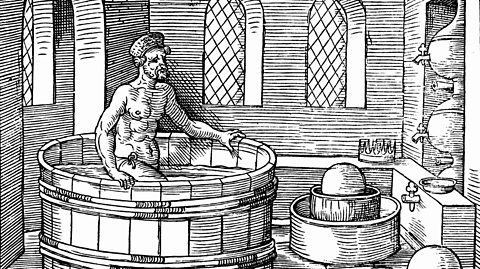
Archimedes
Archimedes was an Ancient Greek inventor and mathematician born in Syracuse, on the eastern coast of Sicily, around 287 BC. The most famous story about him tells of how he managed to solve a problem that had been set by King Hieron II, who wanted to know whether his crown was made of pure gold or not.
One day, while taking a leisurely bath, Archimedes noticed the water slopping out of the full tub when he got in. He reasoned that there must be a relationship between the volume of his body and the water that had spilled out of the tub, and wondered whether this could help him with the crown dilemma. Archimedes then experimented with pieces of silver and gold, comparing the amount of water displaced by them with the amount which overflowed when the crown was submerged in water.
As well as solving the king's problem (whose crown, it turned out, wasn't made of pure gold), his observations also allowed Archimedes to figure out why things float. A body submerged in water, he concluded, must experience an upwards force (buoyancy) equal to the volume of water it displaces. This is known as Archimedes' Principle in physics.
Archimedes was so thrilled with his discovery he supposedly leapt out of the bath and ran naked down the street shouting "Eureka!", meaning "I have found it!". So, effectively, he invented ‘eureka!’ moments at the same time.

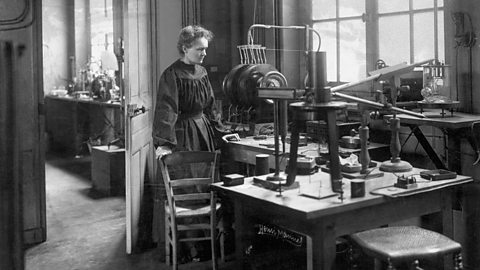
Marie Curie
The story of Marie Curie’s ‘eureka!’ moment is both inspiring and tragic. Born in Warsaw in 1867, Curie would go on to become one of the most famous female scientists of all time, winning the Nobel prize twice, once for physics and once for chemistry.
Her most famous work was in the field of radioactivity. Working with her husband Pierre Curie, she realised that the source of the mysterious radiation that came from uranium (discovered by Henri Becquerel) was within the atom itself. It was a moment that changed everything: until then, the atom had been thought to be the most elementary, indivisible particle. She then discovered two even more radioactive elements: radium, and one she named polonium after her country of birth, Poland.
Her discovery would make possible a swathe of technology, including the X-Ray machines that have saved countless lives. But Curie, who could not have known the dangers of high levels of radioactivity, was in the habit of carrying tubes of highly radioactive material in her pockets. Her accidental exposure likely contributed to her death, of bone marrow disease, aged 66.

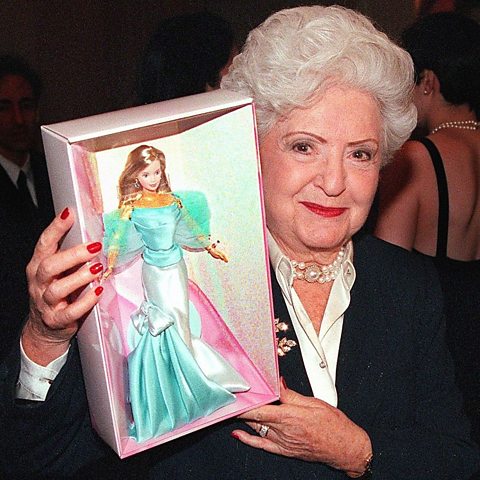
Ruth Handler
Barbie dolls are one of the most successful toys of all time. According to manufacturer Mattel, 58 million are sold in over 150 countries every year. And that’s all because of Mattel founder Ruth Handler’s ‘eureka!’ moment.
In the 1950s almost all dolls were modelled on babies or children. But Handler had noticed that her daughter, Barbara, liked making paper dolls, which she dressed and spoke to as if they were adults. Later, when on holiday in Switzerland, she noticed a female figurine, intended as a novelty gift, in a shop window. It was her ‘eureka!’ moment, giving her the idea to design a doll for children that was modelled on a young woman.
In 1959 Barbie premiered at the the New York Toy Fair and was an instant hit, selling 300,000 in the first year alone. Two years later a male companion, Ken (named after Handler’s son), was introduced.


Percy Spencer
Next time you pop some popcorn in the microwave, bear in mind that you have engineer Percy Spencer, a molten peanut bar and a ‘eureka!’ moment to thank for your snack.
In 1946 Spencer was an engineer working for military technology company Raytheon. He was experimenting with a device called a magnetron, when he noticed that a peanut cluster bar in his pocket had mysteriously melted. Intrigued, he put an egg under the device, which exploded. The next day, appropriately enough, he put some popcorn kernels under the machine and, satisfyingly, they popped.
Spencer’s ‘eureka!’ moment was the discovery that microwaves could be used to heat food. While the first microwave oven was produced just a year later, the invention didn’t catch on until the mid 1960s, when it had become much more compact and affordable. In 2018, it was estimated that around 93% of UK households had a microwave.

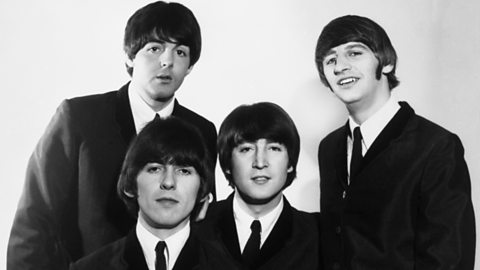
Paul McCartney
Of course, 'eureka!' moments don't just happen in science and business - history is also full of sudden artistic revelations. One of them is how Paul McCartney came to write The Beatles’ hit song Yesterday.
The melody for Yesterday came to McCartney out of the blue, in the middle of the night. “I woke up with a lovely tune in my head,” McCartney said. “I liked the melody a lot but because I’d dreamed it I couldn’t believe I’d written it.”
While the tune had arrived perfectly formed, the lyrics took a bit longer, with McCartney using ditties about ‘scrambled eggs’ as placeholders, until he finally wrote the words months later while on holiday in Portugal.
“I reckon Yesterday is probably my best song,” McCartney said. “I was so proud of it. I felt like it was an original tune, the most complete thing I’ve ever written.”
This article was published in July 2023

The secret history of popcorn
From Aztec ceremonies to cinemas, this light and tasty snack has a rich and colourful history.

Five historical quotes that we probably misquote
History is a rich tapestry of inspiring and meaningful sayings... including some that were entirely made up!
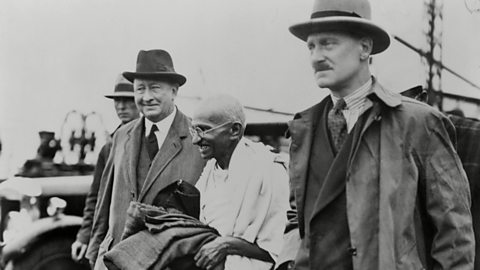
Three famous feuding families in history
These feuding families took sibling squabbles and parental disapproval to a whole new level.
